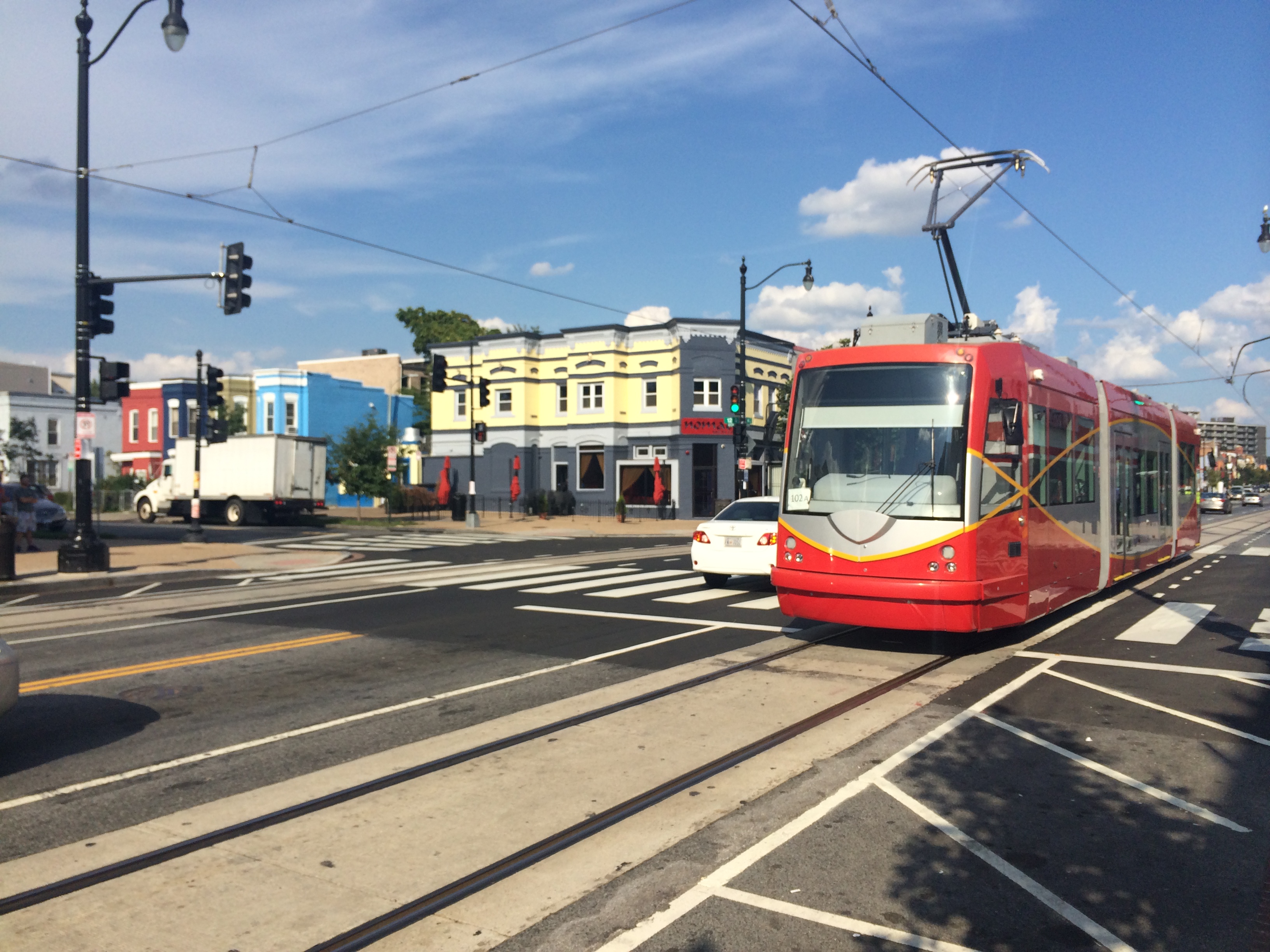Construction on the first phase of the Cincinnati Streetcar system is well underway. While the project has been well documented in the media over the past decade, it is not often viewed from a perspective of where it stands in the national conversation.
Tucson recently opened their first modern streetcar line and their program administrator, Shellie Ginn, sat down with Jeremy Hobson from Here & Now to discuss their project. The two discuss both the pros and cons of such systems, while also highlighting the specific results being realized in Tuscon.
“We actually have higher ridership than we’d estimated. We have a lot more people riding that we hadn’t anticipated,” Ginn explained in terms of the perceived notion that only tourists would ride their streetcar. “We’ve had a really good response on taking advantage of the streetcar as well. It’s about a four mile line and it connects our University of Arizona Medical Center to some shopping districts that also connect to a downtown, and over to a western redevelopment area.”
Similarly, Cincinnati’s first modern streetcar line is 3.6 miles in length and connects a downtown, shopping districts, riverfront entertainment district and a neighborhood ripe for redevelopment. Should future phases extend the system to Uptown, it would connect the initial line with the University of Cincinnati, the region’s medical district and several other large employers and attractions. An extension across the river into Northern Kentucky would add additional shopping and entertainment districts as destinations.
